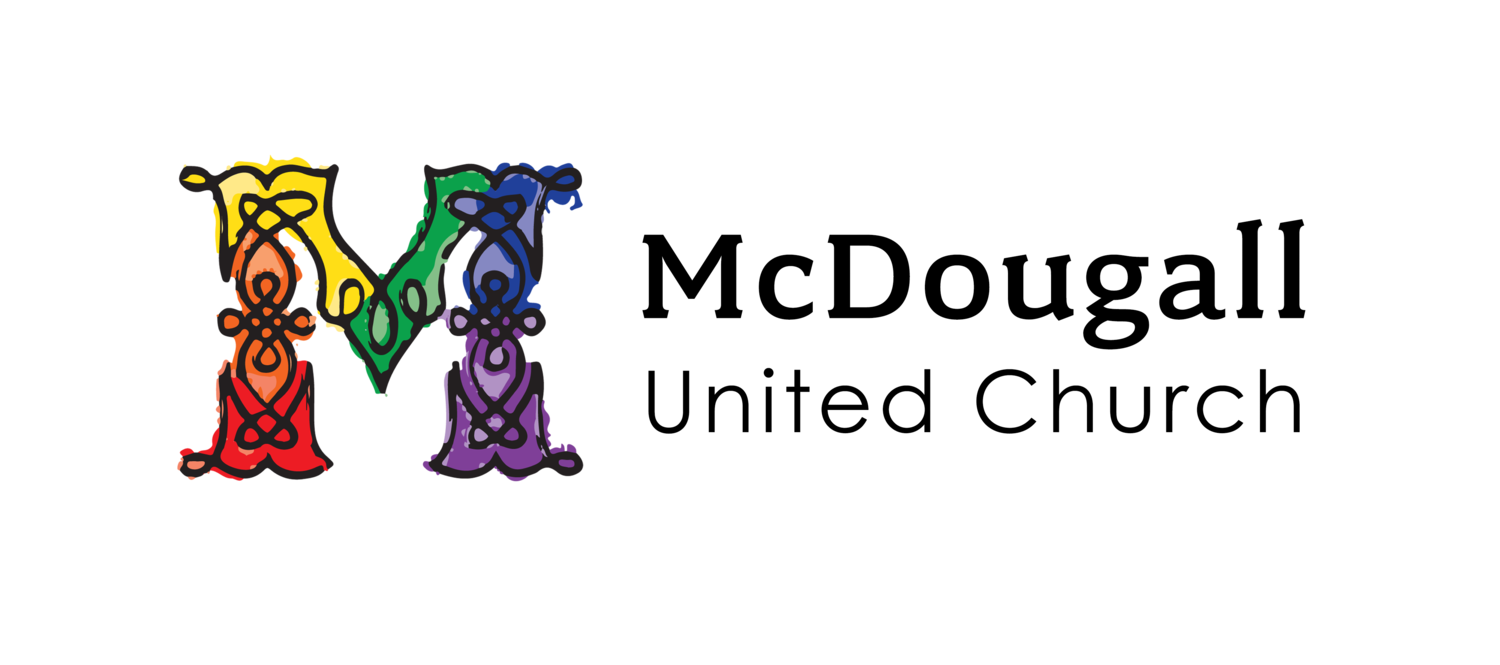Reflections by Rev. Joanne Anquist
On Monday, September 30th, Canada observes the National Day for Truth and Reconciliation, or more commonly known as “Orange Shirt Day.” September 30th is the day that indigenous children were typically taken from their homes to attend residential school.
The story of Orange Shirt Day comes from Phyllis Webstad from the Stswecem’c Xgat’tem First Nation in the British Columbia Northern Shuswap area. Before her first day of residential school, Phyllis’ mother took her shopping for new clothes. Phyllis chose a shiny orange shirt, which to her was a symbol of her excitement around going to school. On the first day of Residential school, Phyllis attend in her own clothes, including an orange shirt. Those clothes were taken from her, and she never saw them again. She spent one year in the residential school. The next year, they had a school in her hometown, so she was able to live with her grandmother.
This story has become a symbol for Canada’s policy of forced assimilation for indigenous people. The Residential School System was set up to bring indigenous peoples into a fast-changing, more modern Canadian society. At first, many indigenous people believed it would benefit their people. Phyllis’s great grandmother believed residential school would be a benefit. The United Church ran residential schools in that same hope. I knew a woman, a little older than me, who grew up on a residential school because her parents were united church missionary teachers. So many in the dominant culture believed it was for the best.
The trouble with devising programs and systems to “take the Indian out of the child” is that the children themselves were lost in the equation. The parents and grandparents who resisted were pushed aside. The stories of the survivors were ignored. Generations of children were raised without the benefit of strong parental influence. When it came time to parent their own children, they hadn’t learned the skills. The indigenous people still struggle to carry on their indigenous ways, their strong spiritual connections to the earth and each other were interrupted and severed.
Of the course the worst of it was the abuse the children suffered at the hands of too many of their custodians. Stories are still coming to light about deaths that were never reported, experiments that were cruel, children who were assaulted. Far too late, the broader Canadian society realized that this program of assimilation, which may have been instigated in good faith, had gone terribly wrong for far too many indigenous people.
Sometimes it all becomes too much. Easier to ignore it and hope the government will somehow fix it. After all, what can I do?
If you want reconciliation, you must first acknowledge and own the truth. If we are going to have any hope of a future where indigenous and settler people share in the bounty of our country together and build a great nation where all share equal opportunities for human flourishing, we have to acknowledge the truth. That’s why Orange Shirt Day is so important for us and our country. It is one day set aside to hear the truth, to remember, to lament, and to try to build connections that will foster reconciliation between indigenous peoples and the other peoples of Canada. After all, we are all treaty people. Our government committed back in 1877 to foster and promote the well-being of the indigenous people here on Treaty 7 land. We who live today may not have been part of “the system” but we benefitted from it and our responsibility is to see that our future is one where flourishing peace is possible.
Red Deer Lake, McDougall and Ogden churches are all part of SoCal United (a cluster of south and south of Calgary United Churches). On September 30th from 4:30 to 7:30, we are hosting an event for Truth and Reconciliation at Fish Creek United Church. This will include an observance by Tony Snow, a movie called “Birth of a Family” about the 60’s Scoop, a mean from Kokom’s Bannock Kitchen, and a children’s activity (during the film) by Lacey Grey Arts.
You ask, “What Can I do?” This is one small thing towards reconciliation. It is a truth telling lament and a movement towards the future. It is at the same time sorrowful and hopeful. We learned from our past that ignoring the problem does not heal it. Please consider joining us for this event so we can build a brighter future.
